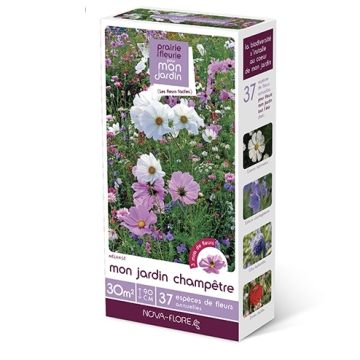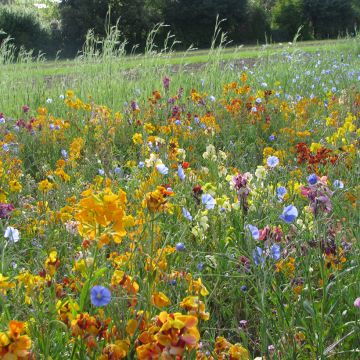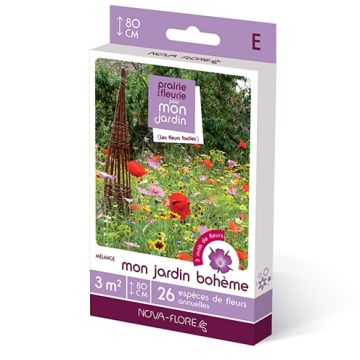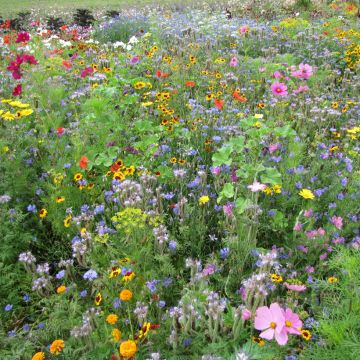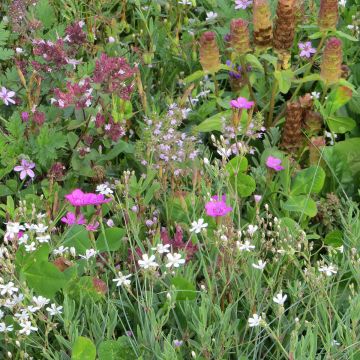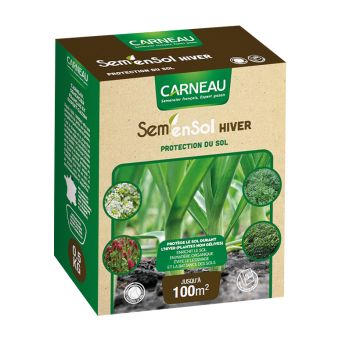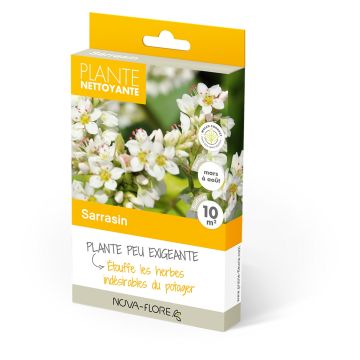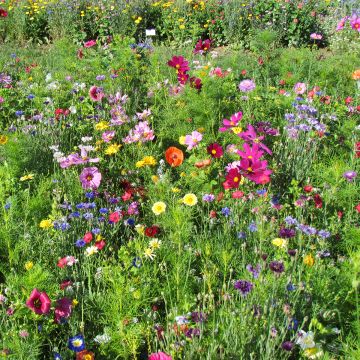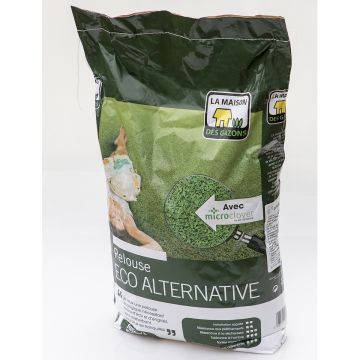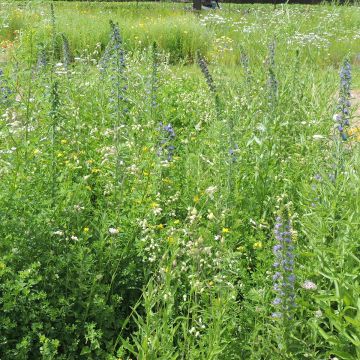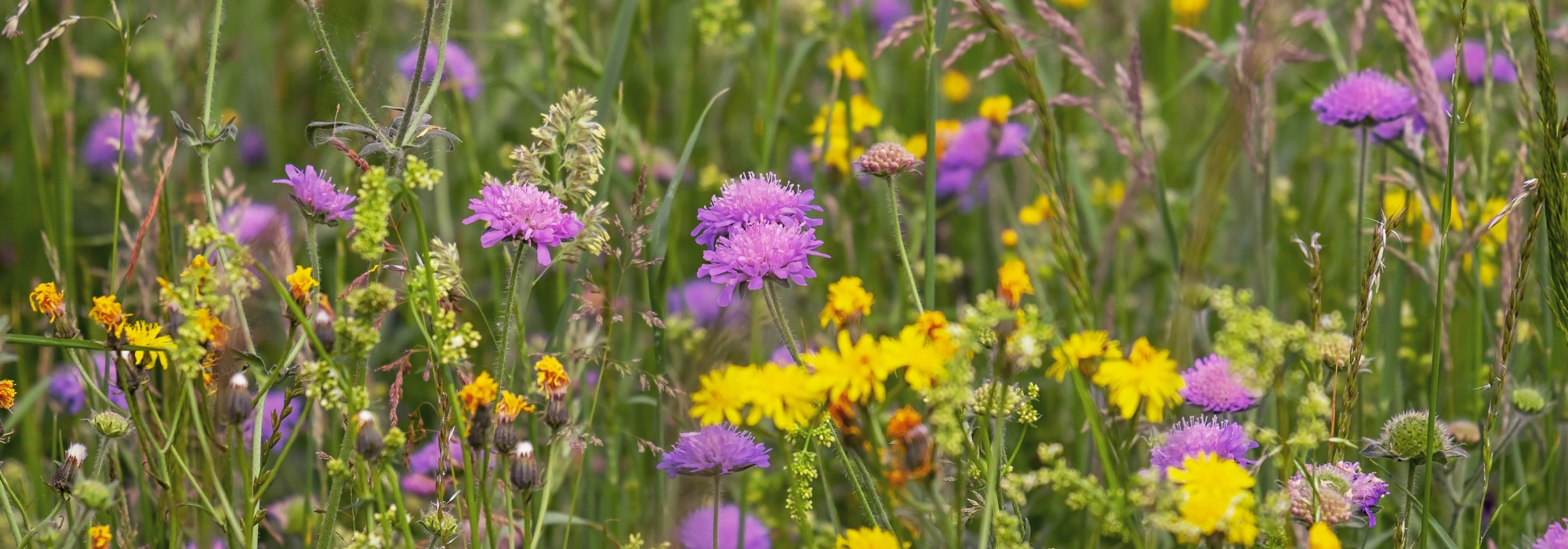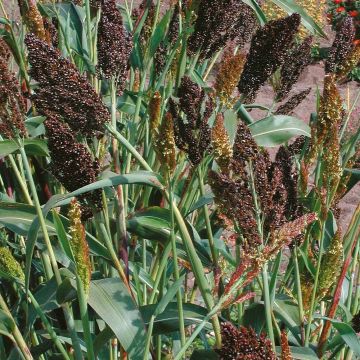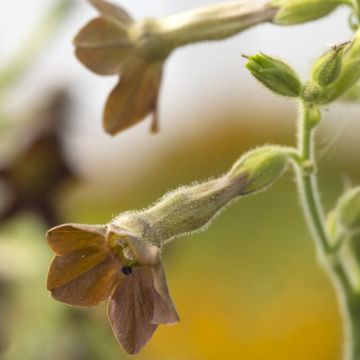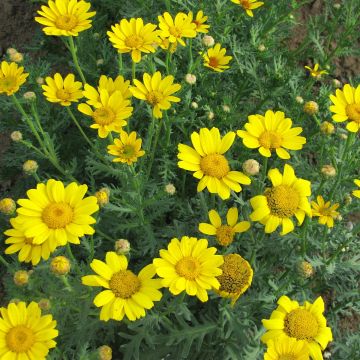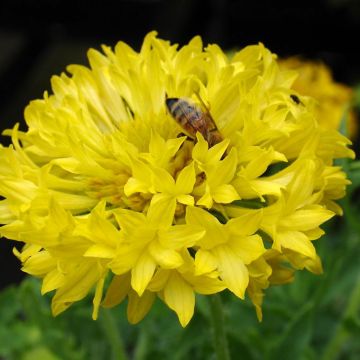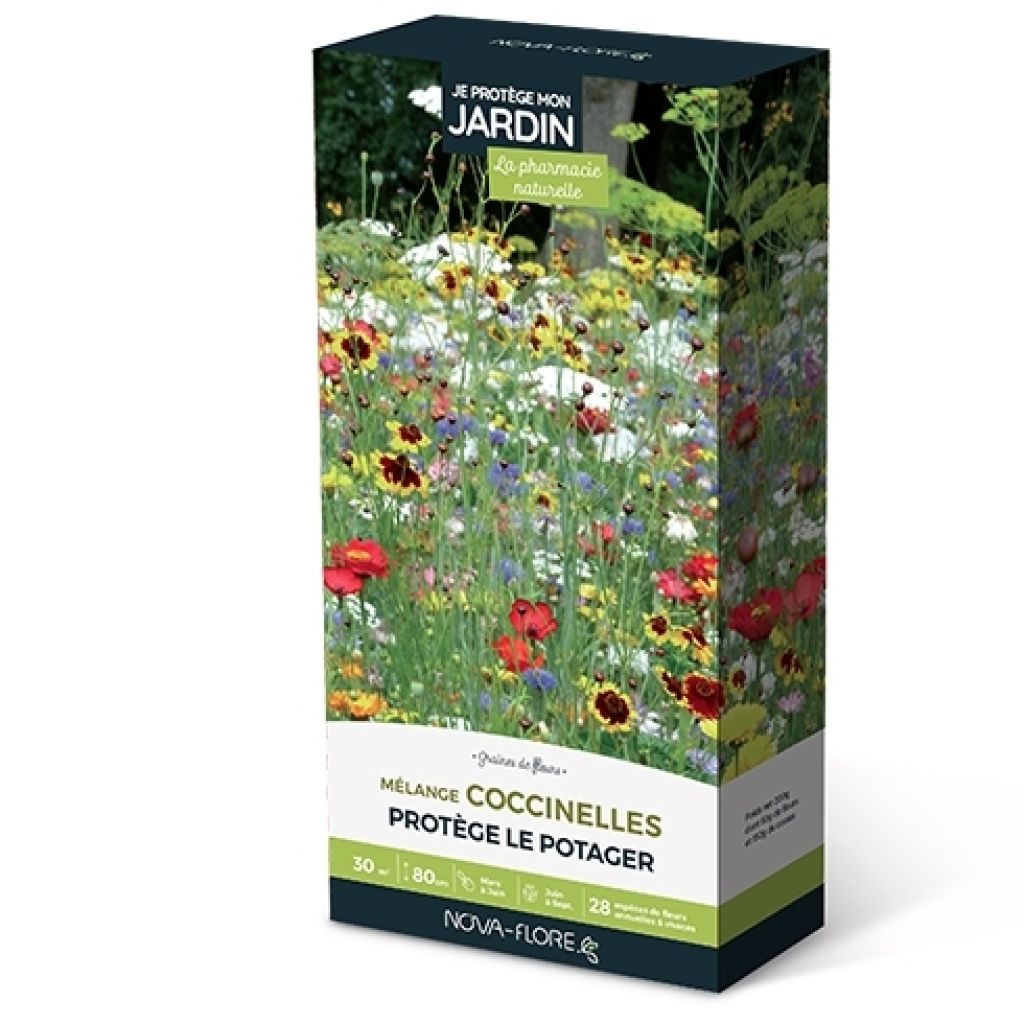

Ladybird Seed Mix
Ladybird Seed Mix
Special offer!
Receive a €20 voucher for any order over €90 (excluding delivery costs, credit notes, and plastic-free options)!
1- Add your favorite plants to your cart.
2- Once you have reached €90, confirm your order (you can even choose the delivery date!).
3- As soon as your order is shipped, you will receive an email containing your voucher code, valid for 3 months (90 days).
Your voucher is unique and can only be used once, for any order with a minimum value of €20, excluding delivery costs.
Can be combined with other current offers, non-divisible and non-refundable.
Why not try an alternative variety in stock?
View all →This plant carries a 6 months recovery warranty
More information
We guarantee the quality of our plants for a full growing cycle, and will replace at our expense any plant that fails to recover under normal climatic and planting conditions.
Would this plant suit my garden?
Set up your Plantfit profile →
Description
This Meadow Mix for Ladybirds brings together around 28 species of perennial or annual plants that encourage the presence of ladybirds. Present in large numbers, ladybirds effectively and naturally regulate the number of aphids in the garden. Composed of attractive and nourishing flowers, aesthetically pleasing and highly effective, this meadow mix includes borage, centaury, chamomile, and viper's bugloss; all flowers particularly appreciated by our little ladybirds. The seeds are sown in spring, in the sun, in soil that has been freshly cleared of weeds, worked and loosened. The bed will flower for several years and also provide a refuge for biodiversity. Some plants will self-sow wherever they please.
All these plants show rather rapid growth and easily naturalise in the garden, in ordinary and well-drained soil. Not demanding, they adapt to a wide range of soils as long as they are not too clayey, too acidic, or too arid. Their flowering extends from June to September. The size of the plants ranges from 30 cm (11.8 in) to 60 cm (23.6 in) in height.
Partial composition:
Echium plantagineum, Centaurea cyanus, Borago officinalis, Chrysanthemum leucanthemum
The perennial meadow is very trendy, combining usefulness with pleasure, flowering throughout the summer season and requiring very little maintenance. Watering if the weather is very dry and cutting to 10 cm (3.9 in) in autumn will be more than enough. Invite nature into your garden: sow our flower mixes along pathways, near the vegetable garden, or on the slope bordering a sunken path, close to your fruit trees, or at the back of the garden on the border with the countryside.
.
Report an error about the product description
Ladybird Seed Mix in pictures






Flowering
Foliage
Plant habit
Botanical data
Cultivar or hybrid
Other Fallows and meadows in flower
View all →Planting and care
Sowing:
Sow directly in place, from March to early June, once the soil has warmed up, in well-prepared soil that has been cleared of weeds and raked. Sow finely on the surface of the soil by broadcasting, then lightly rake to cover the seeds. Roll or tamp the soil with the back of a shovel. Water and keep moist until germination. Alternatively, sow at a depth of 1.5 mm (0.1 in) in furrows spaced 30 cm (11.8 in) apart. Germination normally takes 14 to 30 days.
Cultivation:
When young plants appear, water well and remove weeds. In autumn, at the end of flowering, seeds can be harvested and sown elsewhere. Water well to make the seeds adhere to the soil. Prune or trim to 10-20 cm (3.9-7.9 in) at the end of flowering.
Once the plants are well established, water your bed only in case of prolonged drought.
Sowing period
Intended location
Planting & care advice
This item has not been reviewed yet - be the first to leave a review about it.
Similar products
Haven't found what you were looking for?
Hardiness is the lowest winter temperature a plant can endure without suffering serious damage or even dying. However, hardiness is affected by location (a sheltered area, such as a patio), protection (winter cover) and soil type (hardiness is improved by well-drained soil).

Photo Sharing Terms & Conditions
In order to encourage gardeners to interact and share their experiences, Promesse de fleurs offers various media enabling content to be uploaded onto its Site - in particular via the ‘Photo sharing’ module.
The User agrees to refrain from:
- Posting any content that is illegal, prejudicial, insulting, racist, inciteful to hatred, revisionist, contrary to public decency, that infringes on privacy or on the privacy rights of third parties, in particular the publicity rights of persons and goods, intellectual property rights, or the right to privacy.
- Submitting content on behalf of a third party;
- Impersonate the identity of a third party and/or publish any personal information about a third party;
In general, the User undertakes to refrain from any unethical behaviour.
All Content (in particular text, comments, files, images, photos, videos, creative works, etc.), which may be subject to property or intellectual property rights, image or other private rights, shall remain the property of the User, subject to the limited rights granted by the terms of the licence granted by Promesse de fleurs as stated below. Users are at liberty to publish or not to publish such Content on the Site, notably via the ‘Photo Sharing’ facility, and accept that this Content shall be made public and freely accessible, notably on the Internet.
Users further acknowledge, undertake to have ,and guarantee that they hold all necessary rights and permissions to publish such material on the Site, in particular with regard to the legislation in force pertaining to any privacy, property, intellectual property, image, or contractual rights, or rights of any other nature. By publishing such Content on the Site, Users acknowledge accepting full liability as publishers of the Content within the meaning of the law, and grant Promesse de fleurs, free of charge, an inclusive, worldwide licence for the said Content for the entire duration of its publication, including all reproduction, representation, up/downloading, displaying, performing, transmission, and storage rights.
Users also grant permission for their name to be linked to the Content and accept that this link may not always be made available.
By engaging in posting material, Users consent to their Content becoming automatically accessible on the Internet, in particular on other sites and/or blogs and/or web pages of the Promesse de fleurs site, including in particular social pages and the Promesse de fleurs catalogue.
Users may secure the removal of entrusted content free of charge by issuing a simple request via our contact form.
The flowering period indicated on our website applies to countries and regions located in USDA zone 8 (France, the United Kingdom, Ireland, the Netherlands, etc.)
It will vary according to where you live:
- In zones 9 to 10 (Italy, Spain, Greece, etc.), flowering will occur about 2 to 4 weeks earlier.
- In zones 6 to 7 (Germany, Poland, Slovenia, and lower mountainous regions), flowering will be delayed by 2 to 3 weeks.
- In zone 5 (Central Europe, Scandinavia), blooming will be delayed by 3 to 5 weeks.
In temperate climates, pruning of spring-flowering shrubs (forsythia, spireas, etc.) should be done just after flowering.
Pruning of summer-flowering shrubs (Indian Lilac, Perovskia, etc.) can be done in winter or spring.
In cold regions as well as with frost-sensitive plants, avoid pruning too early when severe frosts may still occur.
The planting period indicated on our website applies to countries and regions located in USDA zone 8 (France, United Kingdom, Ireland, Netherlands).
It will vary according to where you live:
- In Mediterranean zones (Marseille, Madrid, Milan, etc.), autumn and winter are the best planting periods.
- In continental zones (Strasbourg, Munich, Vienna, etc.), delay planting by 2 to 3 weeks in spring and bring it forward by 2 to 4 weeks in autumn.
- In mountainous regions (the Alps, Pyrenees, Carpathians, etc.), it is best to plant in late spring (May-June) or late summer (August-September).
The harvesting period indicated on our website applies to countries and regions in USDA zone 8 (France, England, Ireland, the Netherlands).
In colder areas (Scandinavia, Poland, Austria...) fruit and vegetable harvests are likely to be delayed by 3-4 weeks.
In warmer areas (Italy, Spain, Greece, etc.), harvesting will probably take place earlier, depending on weather conditions.
The sowing periods indicated on our website apply to countries and regions within USDA Zone 8 (France, UK, Ireland, Netherlands).
In colder areas (Scandinavia, Poland, Austria...), delay any outdoor sowing by 3-4 weeks, or sow under glass.
In warmer climes (Italy, Spain, Greece, etc.), bring outdoor sowing forward by a few weeks.
































